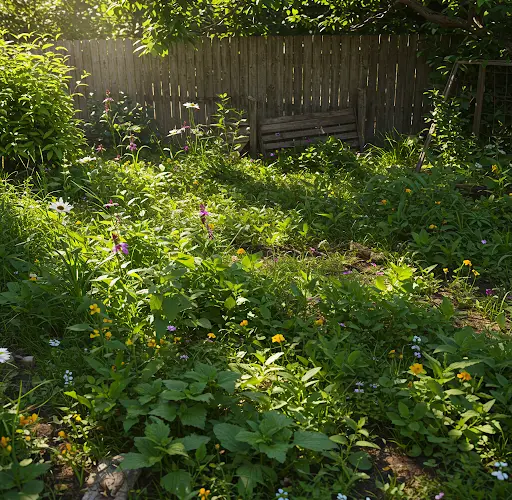Turning Weeds into Organic Fertilizer: Simple Methods for a Healthier Garden
Weeds are often seen as nothing more than a nuisance in the garden—uninvited plants that compete with crops and flowers for space, water, and nutrients. By definition, a weed is simply a plant growing where it isn’t wanted. But not all weeds are bad. In fact, many common garden weeds can be transformed into highly beneficial, nutrient-rich organic fertilizers. Instead of throwing them away, consider repurposing them to boost the health of your soil and plants.
Here are three effective methods for using weeds in your garden in a way that benefits your plants and the environment.
1. Chop and Drop Method
One of the simplest and quickest ways to use weeds is through the “chop and drop” method. This involves gathering weeds—either by hand or with a tool—chopping them into smaller pieces, and leaving them on the soil surface to decompose.
Start by pulling out the entire weed, including the roots if possible. Use garden shears or scissors to cut them into smaller sections. Then, let the chopped-up material fall directly onto the soil, around your plants or in between rows. As the plant matter breaks down, it returns valuable nutrients to the soil, similar to how fallen leaves nourish forest floors.
Tips for Success:
-
Perform this method on a dry day to reduce the chances of weeds re-rooting.
-
Avoid using weeds that have gone to seed. Spreading weed seeds across your garden will cause more problems than it solves.
-
Do not include creeping or perennial weeds with aggressive root systems. If you do, remove and dry the roots in the sun for a few weeks until they are completely dead before reusing them.
The chop and drop method improves soil structure, adds organic matter, and enhances microbial activity, all of which contribute to a more fertile and productive garden.
2. Adding Weeds to Compost
Another excellent use for weeds is incorporating them into your compost pile or bin. Weeds are a fantastic “green” or nitrogen-rich material that can balance out the carbon-heavy “browns” like dry leaves, cardboard, and straw.
When adding weeds to your compost:
-
Ensure they haven’t gone to seed to avoid spreading new weeds.
-
Be cautious with the roots of persistent perennial weeds. Unless your compost system consistently reaches high temperatures (above 130°F or 55°C), these roots may survive and spread when the compost is used.
Cut the weeds into small pieces before adding them to help them decompose faster and more evenly. Mixing weeds into your compost speeds up the breakdown process, creating a rich, crumbly, dark material that can be used to improve garden beds, potting mixes, and planting holes.
3. Making Weed Tea
Weed tea is perhaps the most efficient and potent way to harness the nutrients stored in unwanted plants. It’s a simple process that produces a powerful liquid fertilizer, ideal for nourishing all types of garden plants.
How to Make Weed Tea:
-
Collect a variety of fresh weeds. The more diverse, the better, as different weeds contain different nutrients.
-
Chop them into smaller pieces and stuff them into a bucket, pressing them down firmly to pack in as much plant material as possible.
-
Fill the bucket with enough rainwater to completely cover the weeds. Rainwater is ideal because it is free from chlorine and other chemicals that may harm beneficial microbes. If using tap water, let it sit for 24 hours to allow the chlorine to dissipate.
-
Add a handful of mature compost or leaf mold to introduce beneficial bacteria that help break down the weeds.
-
Cover the bucket loosely with a lid or cloth to keep debris out while allowing gases to escape.
-
Let the mixture steep for 1 to 2 weeks, stirring every few days to aerate it and speed up decomposition.
After steeping, the mixture will turn into a dark, nutrient-rich liquid. Before using, dilute it with water at a ratio of 1:10 (one part weed tea to ten parts water). Pour the diluted tea around the base of plants to feed their roots, or use it as a foliar spray early in the morning or late in the day to avoid leaf burn.
Apply this liquid fertilizer every 10 to 15 days throughout the growing season for sustained plant health and growth.
A Sustainable Gardening Practice
Reusing weeds as fertilizer reduces waste, saves money, and contributes to a more self-sustaining garden. By learning how to manage weeds rather than simply discarding them, you transform a garden problem into a garden solution. Whether you choose to chop and drop, compost, or brew a nutrient-rich tea, weeds can become a valuable resource in any organic gardening toolkit.
With just a little effort, those unwanted plants can provide the nutrition your garden needs to thrive—all without the use of synthetic fertilizers.



